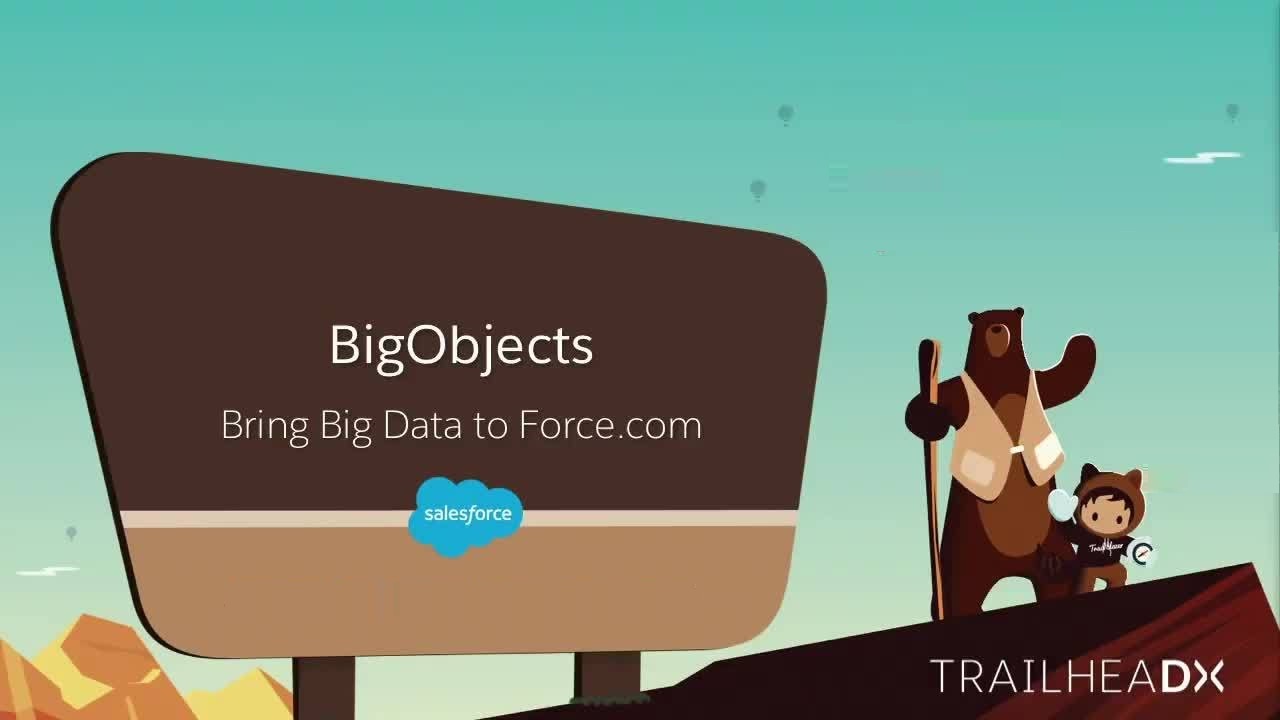
Big Objects are in simple terms customized objects but it comes with great data handling capacity. Their capacity is such that they can save at least billions of data in them. Big objects are very much similar to custom objects in some approaches but very distinctive in others as well. Most important thing is the scalability of data is what lets Big objects stand out in the crowd.
Just like normal Sobjects, Big Objects are also standard and custom. One of the example of a trendy big object is Field History Archive, which stores archived subject history data for Field Auditing purposes. And for Custom big objects, they are created and deployed by way of you the usage of the Metadata API.
When can you use a Big Object?
As everybody knows the power of big objects to store the massive data into it, they can be extremely good assist in many cases. Following are the use cases of the big objects:
- Audits – Tracking purposes
- Historical Data Archiving
- Better consumer experiences
How to create a Big Object:
To create a big object, appears to be challenging at first, but creating a big object is now not that much difficult. Obviously, you do not get an interface like that in a customized object, however the additional work is worth it.
There are on the whole three archives related with creating a massive gigantic object:
- Object
- Permission Set
- Xml
Object:
It is a file which comes with the .object extension and is named on the API name of the Big Object. In addition, It carries the fields and indexing important points about the huge object.
Permission Set:
You can define permission on each field defined in the big object using this object. Along with the Object, this file also comes in XML format but it has the extension.permissionset. In addition, this file is optional to include in your package, but you need it to give access to users because by default, a big object permission is restricted.

Package.xml:
This file is like any different package.xml file. Mainly, it only specifies the contents of the package.
Querying a Big Object:
It is obvious that retaining all that huge data in your org would be a waste if you can’t process it. In order to query the big objects, you can use a general SOQL query or Async SOQL.
It is important to consider that if you are using SOQL to query the big objects has a downside of massive waiting instances as we know that records set is large. Therefore, it is advisable not to use standard SQL if the query will return a larger data set. In order for returning huge data, we should use Async SOQL. It is evident from the name, Async SOQL runs asynchronously. Adding to it, It is a way to run SOQL queries in situations where you can’t wait for the results in real time due to query is fired on the huge data.
Async SOQL features:
- It is one of the highly scalable solution with ability to process tons of data.
- Its ability to run multiple queries in the background while always monitoring their status.
- It is very much easy to use for anyone coming from an SOQL historical past due to usage of subset of SOQL instructions.
Limitations:
As with any features in the Salesforce, Big objects also have following limitations.
- One of the major limitation in big objects is, you can only create up to one hundred large objects in your org. Apart from it, this can vary depending on the license the user has.
- User cannot use triggers, workflows, tactics and the Salesforce app with big objects.
- There is no point and click tool available to create the big object. You need to create huge objects through Metadata API.
- In order to create records, you need to use Apex or bulk DML operations. There is no UI tool available to add records.

Do You Need more information?
For any further information / query regarding Technology, please email us at info@varianceinfotech.in
OR call us on +1 630 534 0223 / +91-7016851729, Alternately you can request for information by filling up Contact Us
 Please wait...
Please wait...
Leave a Reply